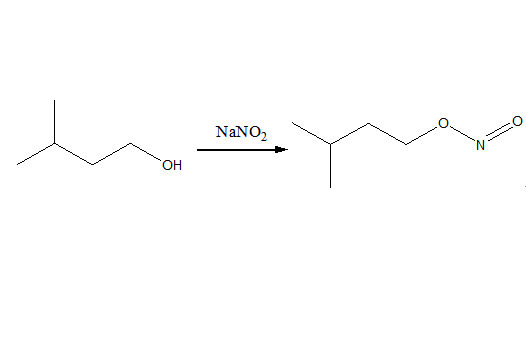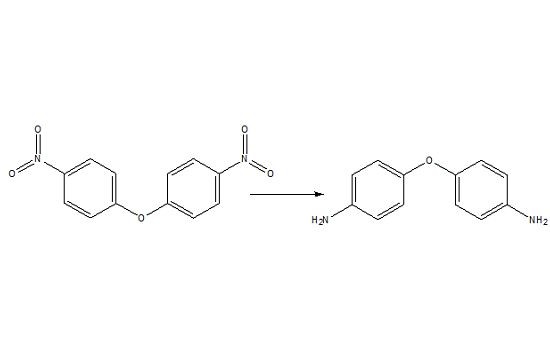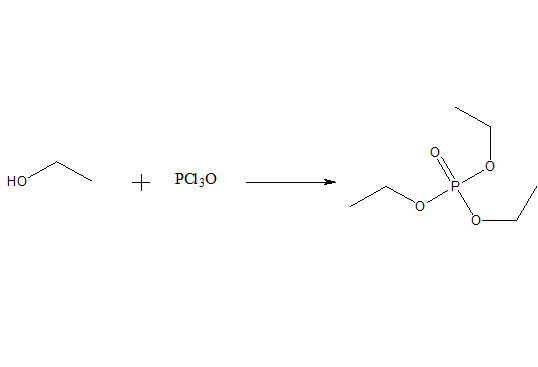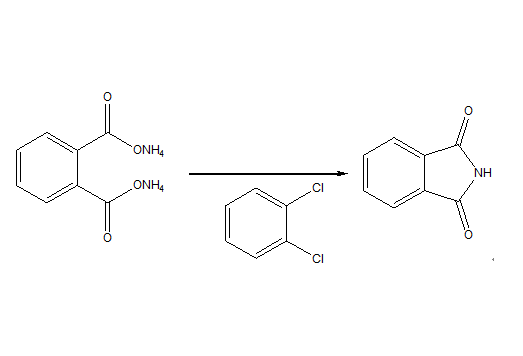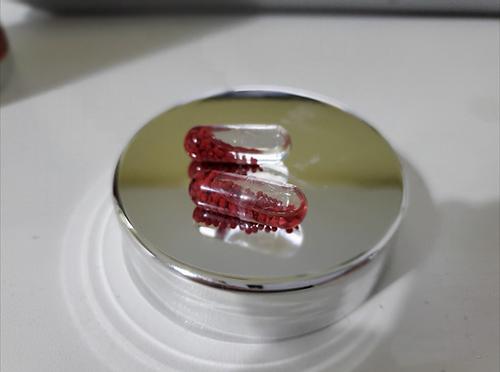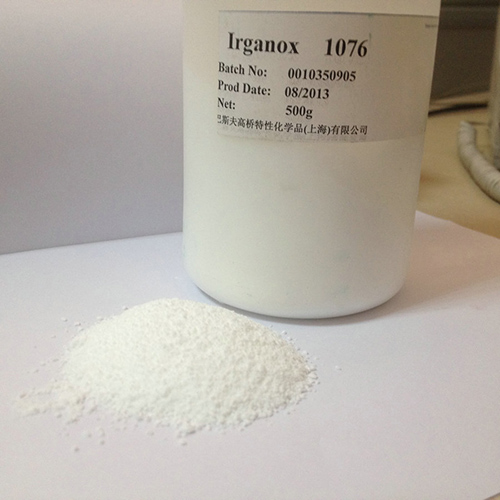Active Pharmaceutical Ingredients (API), popularly speaking, are the raw materials of medicines, only pharmaceutical raw materials are processed into pharmaceutical preparations , can they become medicines available for clinical use, so drugs we usually eat are the finished drugs through processing. Active Pharmaceutical Ingredients based on its sources can be divided into two major categories ,including chemical synthetic drugs and natural chemical drugs. Chemical synthetic drugs can be divided into organic synthetic drugs and inorganic synthetic drugs. Inorganic synthetic drugs are inorganic compounds ( very few is element), such as aluminum hydroxide, magnesium trisilicate which are used for the treatment of gastric and duodenal ulcers ; organic synthetic drugs are mainly composed of drugs made by basic organic chemical raw materials, through a series of organic chemical reactions (such as aspirin, chloramphenicol, caffeine, etc.). Natural chemical drugs ,based on its sources,can be divided into two categories including biochemical drugs and plant chemical drugs. Antibiotics are generally made by the microbial fermentation, which belongs to the biochemistry category. A variety of semi-synthetic antibiotics occurs in recent years,which are biosynthesis and chemical synthesis combining products.Among active Pharmaceutical Ingredients, the organic synthetic drugs varieties, yields and values have the largest proportion,which are the main pillars of the chemical and pharmaceutical industries. The quality of active Pharmaceutical Ingredients decides whether the formulation is good or bad , so its quality standards are very strict ,countries in the world have developed national pharmacopoeia standards and strict quality control methods for its widely used active Pharmaceutical ingredients.
Preparation method and application of isoamyl nitrite
This article describes a background overview and preparation and use of Isoamyl nitrite
Apr 22,2022 APIPreparation method and application of 4,4'-diphenylamine
This article describes a background overview and preparation and use of 4,4'-Oxydianiline
Apr 22,2022 APIPreparation and purification method and application of triethyl phosphate
This paper introduces the preparation and purification method of triethyl phosphate and its use
Apr 22,2022 APIPreparation method and application of 3-mercaptopropionic acid
This article describes a background overview and preparation and use of 3-Mercaptopropionic acid
Apr 22,2022 APIPreparation method and application of phthalimide
This article describes a background overview and preparation and use of Phthalimide
Apr 22,2022 APIPreparation method and application of methylisothiazolinone
This article describes a background overview and preparation and use of Methylisothiazolinone
Apr 22,2022 API1,2-Benzisothiazol-3(2H)-one(BIT)
1,2-Benzisothiazol-3(2H)-one, also known as benzisothiazolone or BIT, belongs to the class of organic compounds known as benzothiazoles.
Apr 22,2022 APIThe uses of dipotassium hydrogen phosphate
Dipotassium hydrogen phosphate is an inorganic compound with chemical formula K2HPO4. It is white crystal or amorphous white powder in appearance.
Apr 20,2022 APITestosterone, a kind of sterol hormone
Testosterone is a kind of sterol hormone, which is secreted by male testis or female ovary, and a small amount of testosterone is also secreted by adrenal gland.
Apr 20,2022 APITne antioxidant effect of antioxidant 1076
Antioxidant 1076 is a non polluting non-toxic hindered phenolic antioxidant. Its appearance is white or yellowish solid powder
Apr 20,2022 API



